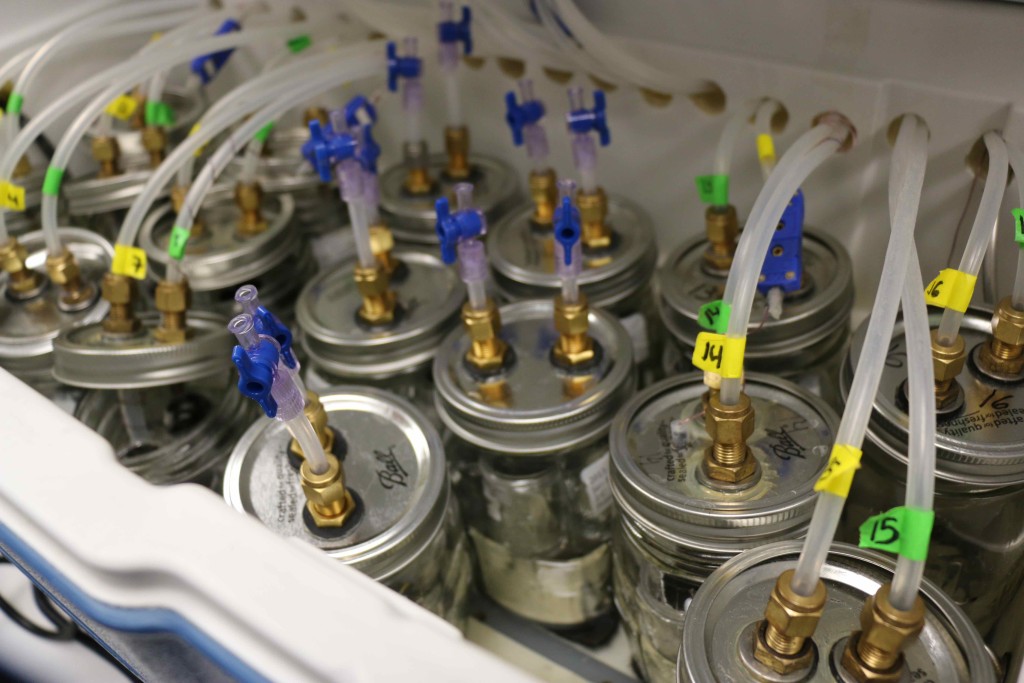As temperatures melt the arctic permafrost, thawing billions of bacteria in the soil, the microbes wake up hungry and begin eating all the carbon in sight, accelerating the release of greenhouse gases into the atmosphere.
These results were published in Nature Climate Change this week, following one of the first field studies of its kind.
Ted Schuur, professor of ecosystem ecology, ran the field study in Alaska and worked collaboratively with a team of researchers.
“We found as soon as the system is warmed, the microbes are shifting over to this new environment, becoming active right away and reproducing,” Schuur said. “The carbon pool is just sitting there in the soil, and the more microbes you have eating it, the faster it turns into greenhouse gases.”
The study used metagenomics, identifying the DNA of microbes, to improve understanding of which bacteria in the thawing permafrost are waking up, multiplying and consuming carbon stored in the soils.
“This is part of a normal cycle that is happening in soils everywhere, but these soils are changing because they are warming and the permafrost is thawing,” Schuur said.
With the Arctic region containing about half of the world’s soil-based organic carbon, this research builds understanding of the relationship between microbial feedbacks, tundra ecosystems and the potential release of additional greenhouse gases.



